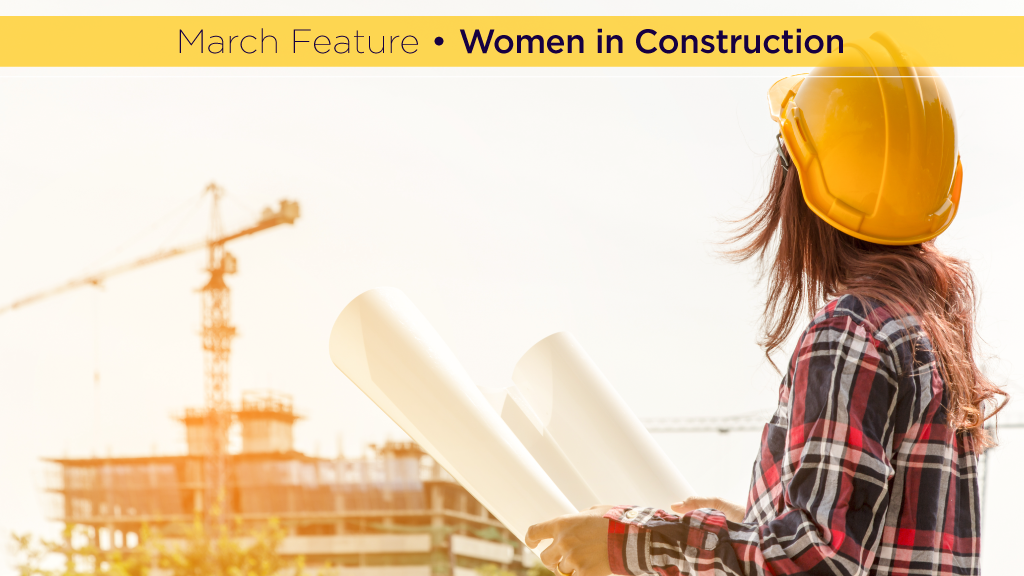Despite the recent B.C. fatality of a female construction worker at Vancouver’s Oakridge site, statistics indicate Canadian women are following the U.S. trend of being involved in low percentages of claim incidents and fatalities based upon their representation within the construction sector.
Depending on who does the counting, women in the construction industry represent 12 to 14 per cent of the construction workforce.
Statistics Canada Labour Force Survey for May 2023 determined there were 221,900 women in construction (up 14 per cent from 12 per cent the previous year).
The 2023 Looking Forward study’s tally in 2022 numbered 199,600 women employed in Canada’s construction industry, of which 27 per cent worked onsite.
The (AWCBC) found the construction sector in 2021 had 27,076 time loss claims filed by men and 1,631 filed by women, with a further 14 not clarified for a total of 28,721.
Of those, women represented only 5.67 per cent of incidents on a national basis. In 2022, there were 26,776 men who claimed and 1,710 women and 26 undefined for a total of 28,512. Women accounted for 5.99 per cent of total claims.
Construction sector fatalities show AWCBC reported in 2021 that four women died (1.8 per cent of total deaths) and 208 men for a total of 212. In 2022, 181 fatalities for men were recorded with only two for women (1.09 per cent) for a total of 183 deaths.
The New York Committee for Health and Safety found “women have a lower rate because they are less likely to work in the actual construction trades than men and often are not assigned the most hazardous jobs.”
The exception was flaggers on highway construction sites, it found.
British Columbia
BuildForce Canada reported that in 2022 there were approximately 33,500 women employed in B.C.’s construction industry – down five per cent from 2021 levels.
Of them, 31 per cent worked directly in onsite construction. Women accounted for just six per cent of the 182,100 tradespersons employed in the industry in 2022 and in 2021. The fall 2023 survey found 19 per cent of those working in the industry were women with 4.5 per cent as tradespersons.
Yet, women’s disability and fatality claims represent only 6.6 per cent of the total 2021 claims; 6.87 per cent in 2022; and 6.60 per cent in 2023 according to figures.
B.C. fatalities remain low compared to men’s fatality rates.
Women’s fatalities were one in 2021, two in 2022 and two in 2023. They accounted for 3.44 per cent; 3.0 per cent; and 5.4 per cent of the total number of deaths. Men’s fatalities for the same years were 28 in 2021, 51 in 2022 and 37 in 2023. The increase in women’s percentage of fatalities in 2023 reflect the drop in men’s numbers rather than an increase in female fatalities.
Alberta
BuildForce Canada’s 2022 report saw approximately 37,500 Alberta women worked in construction but only 32 per cent worked directly in onsite construction. Women made up seven per cent of the 174,700 tradespersons in 2022 and 2021.
In 2021, provincial occupation health and safety reports indicated 639 disability injury claims (nine per cent) were made by women, with men claims numbering 6,500 in the construction and construction services sector. The 2022 figures show women at nine per cent of total claims again.
Saskatchewan
In Saskatchewan, women in construction make up a small portion of claims according to Workers Compensation Board 2022 figures. In the construction trades sector, men lead with a 2020 tally of 470 claims and women 12 claims (2.48 per cent) of the total.
In 2021, male claims were 486 with 18 female claims, representing 3.57 per cent of total claims. In 2022, the male claims dropped to 472, and women’s claims rose to 24, double that of two years previously with the percentage of claims still low at 4.8 per cent.
In Saskatchewan’s residential construction, women’s claims remain low but show a trend upward while men’s claims decline.
In 2020, 462 men and 22 women (4.5 per cent of the total) made claims. In 2021, there were 511 male and 28 female claims (5.1 per cent of total). In 2022, men’s claims dropped to 400 while women’s rose to 35 or eight per cent of total claims.
In the commercial and industrial sector, women’s claims are also low with 498 men claiming in 2020 compared to women’s claims of 29 or 5.5 per cent of total claims, 566 men claimed in 2021 and 32 women (5.35 per cent) and in 2022, 530 men claimed which only 23 women claimed (4.16 per cent of total claims).
In Saskatchewan’s road construction, women also made fewer claims based upon their industry presence.
In 2020, 445 men made claims and only 28 women, representing 5.9 per cent of total claims. In 2021, claims dropped with 424 men making claims and 23 women claiming, representing 5.1 per cent of total claims. Men’s claims dropped further in 2022 to 411 while women’s claim numbers increased to 30 or 6.8 per cent of total claims.






Recent Comments
comments for this post are closed